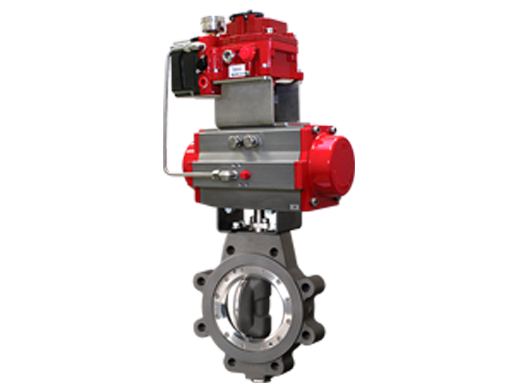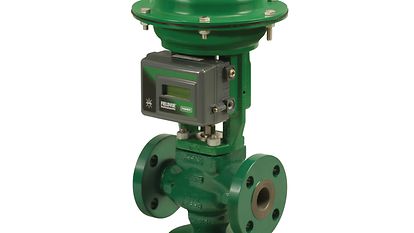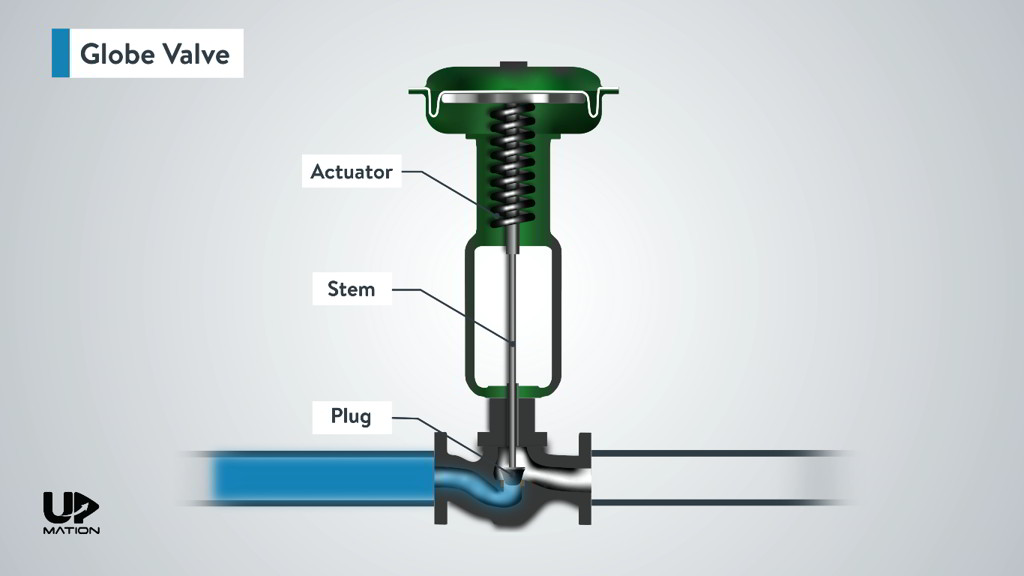
Maximize Power Cost Savings and Convenience With Advanced Building Automation Controls
In the world of contemporary design and center administration, the integration of sophisticated structure automation manages stands as a pivotal advancement. The convergence of innovation and sustainability has birthed a new period where power performance, convenience optimization, and functional streamlining are no more obtainable truths however distant goals. By harnessing the power of automation, structures can adapt, respond, and progress in manner ins which were when unimaginable. The capacity for substantial energy cost savings and improved comfort is not just a guarantee but an opportunity waiting to be satisfied. This standard shift in building management holds the key to unlocking a globe where ecological conscientiousness and passenger wellness harmoniously coexist within the walls of our frameworks.
Power Efficiency Perks
Energy efficiency advantages can substantially lower power consumption and operational costs in buildings. By applying energy-efficient practices and modern technologies, structure owners and operators can accomplish substantial financial savings while likewise contributing to environmental sustainability. One of the primary benefits of improving energy performance in buildings is the decrease of energy bills. Energy-efficient systems, such as advanced building automation controls, can optimize using resources like heating, cooling, and illumination, causing lower power expenses in time.
In addition, improved power performance can lengthen the life-span of structure tools and systems. By running much more successfully, a/c systems, light, and various other building parts experience less deterioration, leading to decreased maintenance and substitute costs. Furthermore, energy-efficient buildings often command greater property worths and rental rates, offering lasting monetary benefits to proprietors.
In addition, power performance can enhance passenger convenience and efficiency. Effectively managed interior environments with optimum lights and thermal problems produce a more conducive and pleasurable work space, causing enhanced worker complete satisfaction and efficiency. In general, the power performance advantages associated with advanced building automation controls are complex, including expense savings, environmental stewardship, and resident well-being.
Boosted Convenience Control
Enhancing convenience control in building settings calls for an advanced assimilation of innovative automation systems for optimum resident health. By making use of sophisticated building automation controls, facilities can tailor the indoor environment to meet the details requirements and choices of occupants. These systems enable precise regulation of lights, temperature level, and air flow, developing a comfy and productive ambience. Resident fulfillment and efficiency are closely connected to thermal convenience, making it necessary to have systems in position that can adapt to altering problems in real-time.
Improved convenience control goes beyond basic temperature changes. It includes functions such as customized setups, occupancy sensing units, and natural light usage to develop a responsive and dynamic setting. By integrating these advanced controls, buildings can not just improve convenience but additionally boost energy performance by maximizing system operations based on actual occupancy and use home patterns. Eventually, prioritizing owner comfort with innovative automation systems causes an extra satisfying and much healthier indoor setting.
Functional Performance Improvements

In addition, the application of real-time surveillance and analytics tools enables building operators to recognize power inefficiencies and functional anomalies quickly. By constantly keeping track of power usage patterns and system performance metrics, modifications can be made in real-time to enhance energy usage and guarantee peak functional efficiency. control valves. Additionally, incorporating need feedback techniques right into building automation controls can further boost operational performance by dynamically adjusting energy usage based on grid conditions and pricing signals
Indoor Environment Optimization
Efficient indoor environment optimization is an essential element of building automation controls, guaranteeing residents' comfort and health while optimizing power financial savings. By utilizing sophisticated sensors and controls, developing automation systems can continuously change and monitor temperature, humidity degrees, air quality, and air flow to develop an ideal interior environment. Maintaining comfortable and consistent problems not just enhances passenger contentment yet likewise increases productivity and total wellness.
Interior environment optimization also plays an essential function in power effectiveness. By fine-tuning air conditioning, home heating, and ventilation systems based on real-time information and occupancy patterns, building automation controls can considerably lower energy intake - control valves. click for info Executing approaches such as demand-controlled air click here for info flow and thermal zoning can help reduce energy waste while guaranteeing that each location of the building obtains the necessary conditioning.

Lasting Environment Development
Structure automation controls not just optimize indoor climate conditions for energy efficiency and occupant comfort yet likewise lay the structure for developing a sustainable setting through critical management of systems and sources. By incorporating advanced structure automation modern technologies, such as sensors, actuators, and smart software, centers can adjust and keep an eye on power use in real-time to decrease waste and lower their carbon footprint. These systems make it possible for anticipating maintenance, identifying prospective problems prior to they rise and maximizing equipment performance to enhance longevity and performance.
Additionally, sustainable setting creation extends past power management to incorporate water conservation, waste decrease, and indoor air high quality enhancement. Building automation controls can control water usage, find leakages, and make sure correct garbage disposal techniques, adding to total sustainability initiatives. In addition, by monitoring and managing ventilation and purification systems, these modern technologies boost passenger health and efficiency while decreasing power usage connected with a/c procedures.
Conclusion
In verdict, progressed building automation controls deal considerable advantages in regards to energy financial savings, convenience control, functional effectiveness, indoor environment optimization, and creating a sustainable atmosphere. By carrying out these controls, buildings can attain ideal efficiency while minimizing energy usage and improving owner convenience. It appears that the usage of sophisticated automation modern technology is critical in enhancing building performance and creating a more sustainable future.
Power performance advantages can dramatically minimize power usage and functional prices in buildings. On the whole, the energy effectiveness advantages linked with advanced structure automation controls are multifaceted, including cost financial savings, environmental stewardship, and passenger health.
In addition, integrating need feedback methods into building automation controls can even more boost operational efficiency by dynamically readjusting energy usage based on grid conditions and pricing signals.
Structure automation regulates not just enhance interior climate problems for energy efficiency and resident comfort yet also lay the foundation for producing a lasting environment with critical monitoring of systems and resources.In verdict, advanced structure automation manages deal substantial advantages in terms of power financial savings, convenience control, operational effectiveness, indoor climate optimization, and developing a lasting setting.